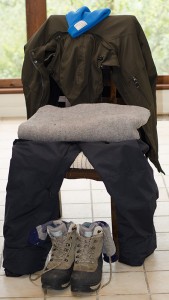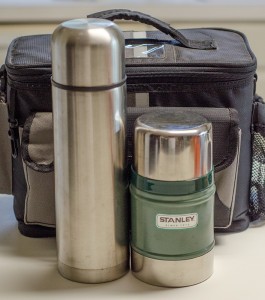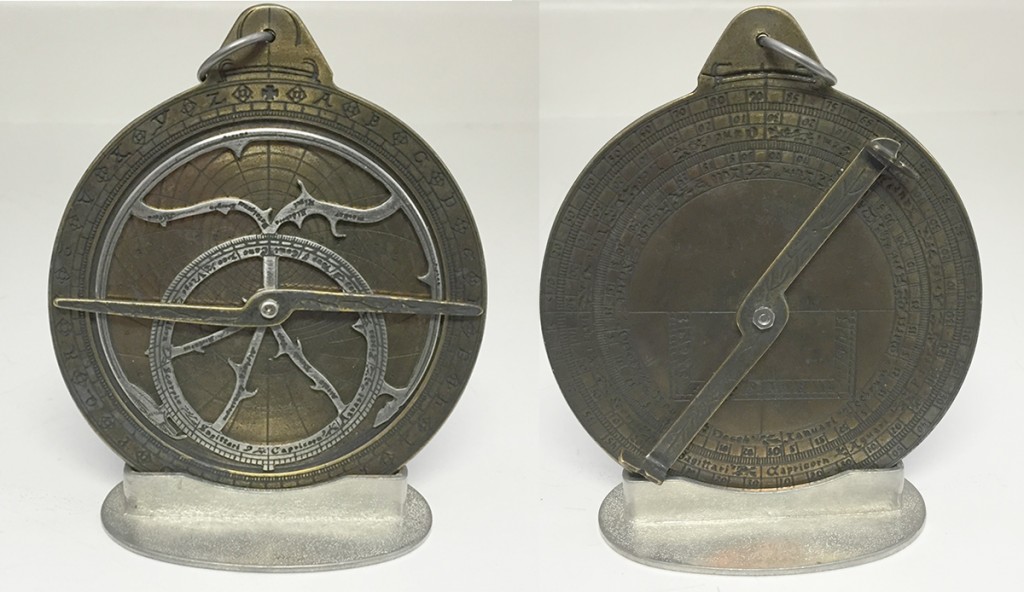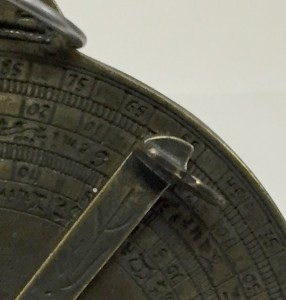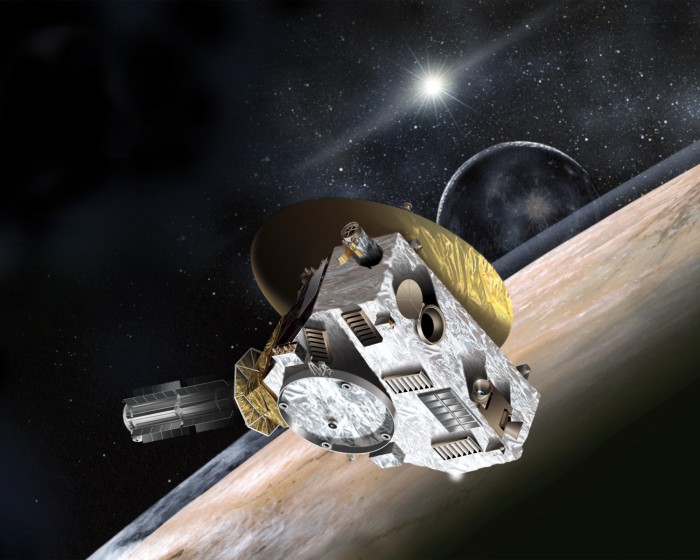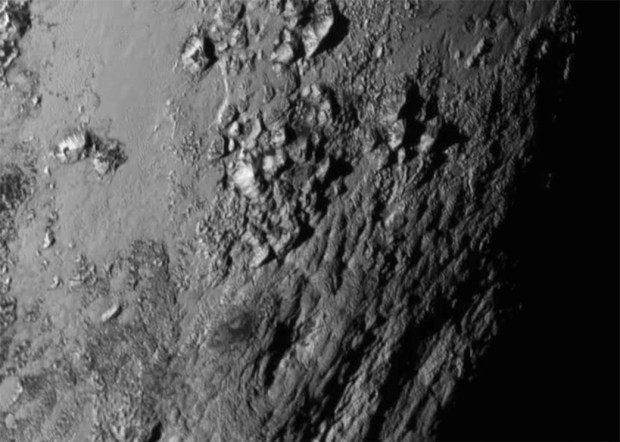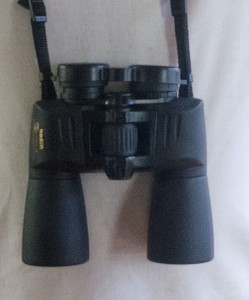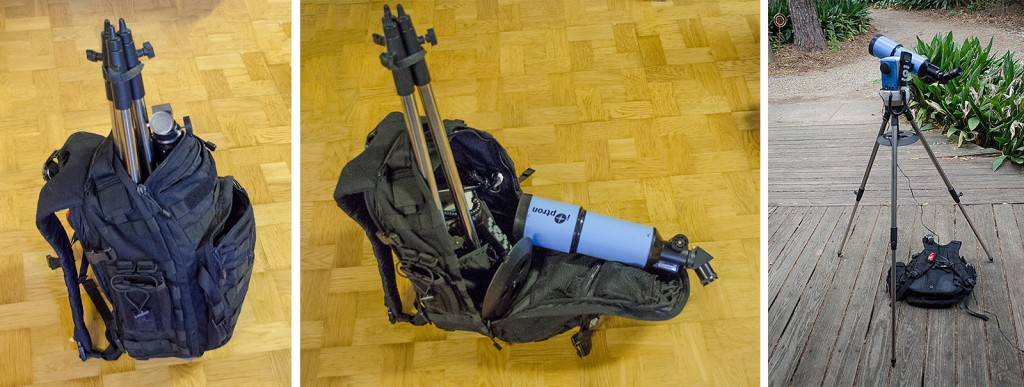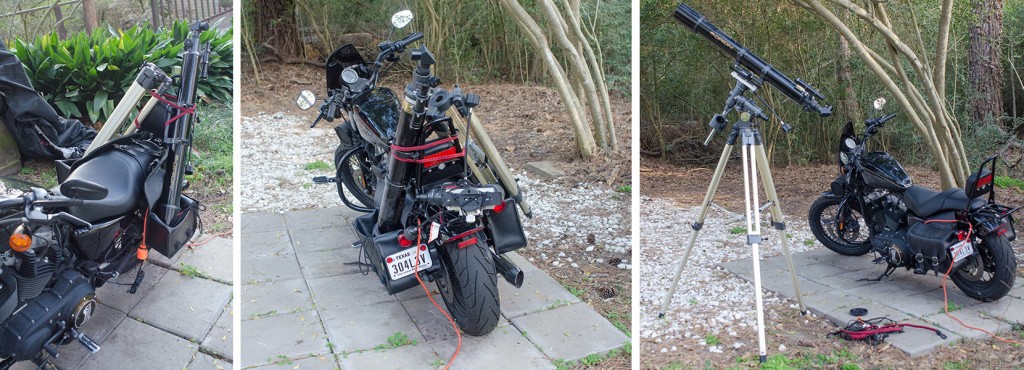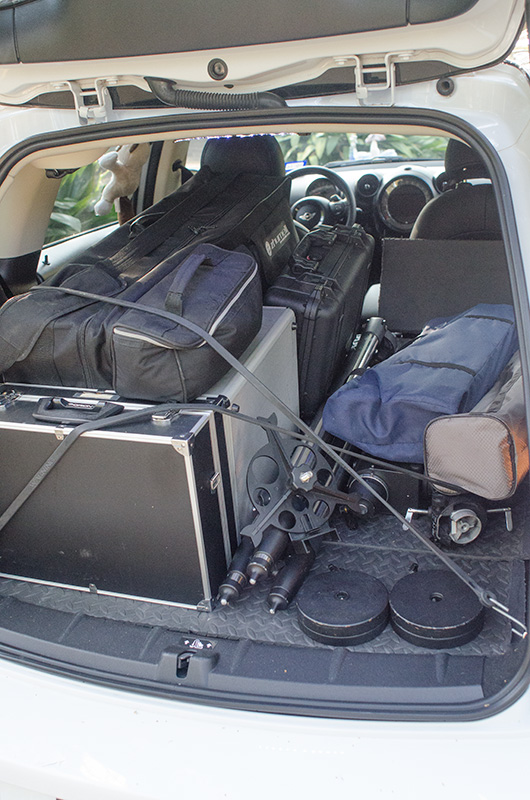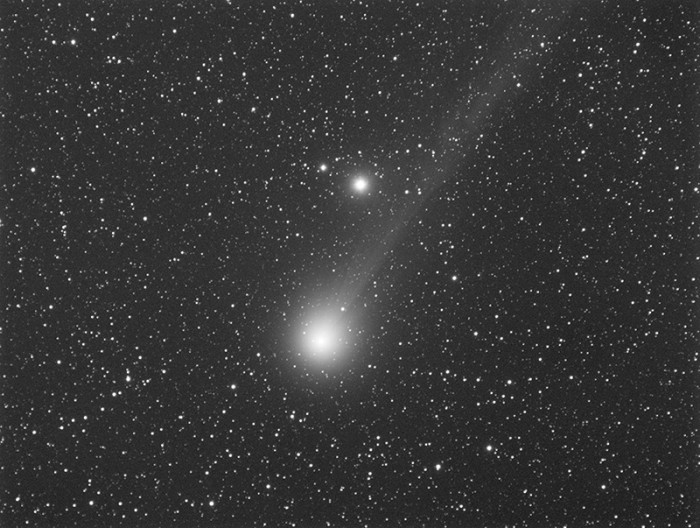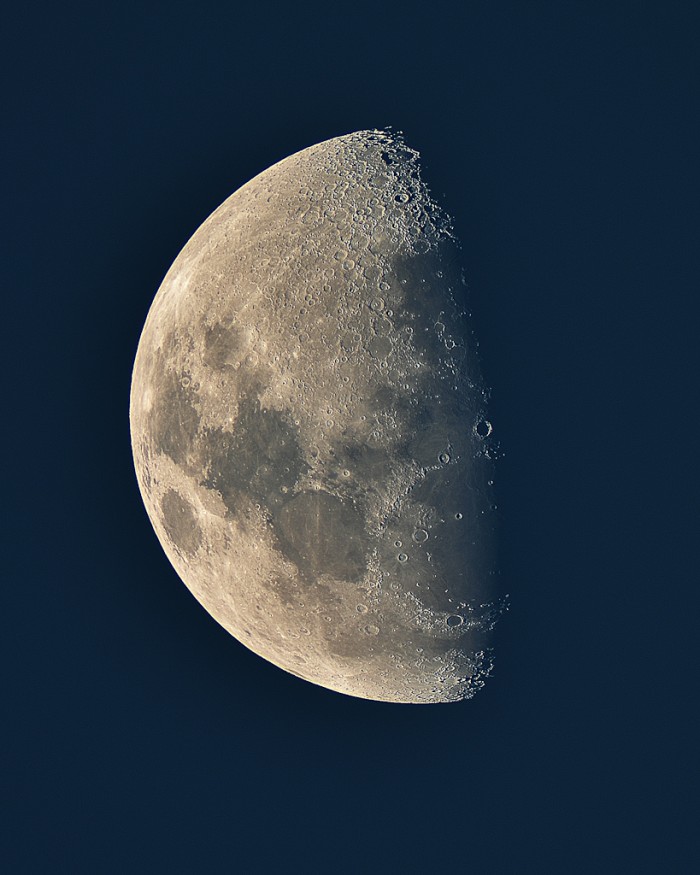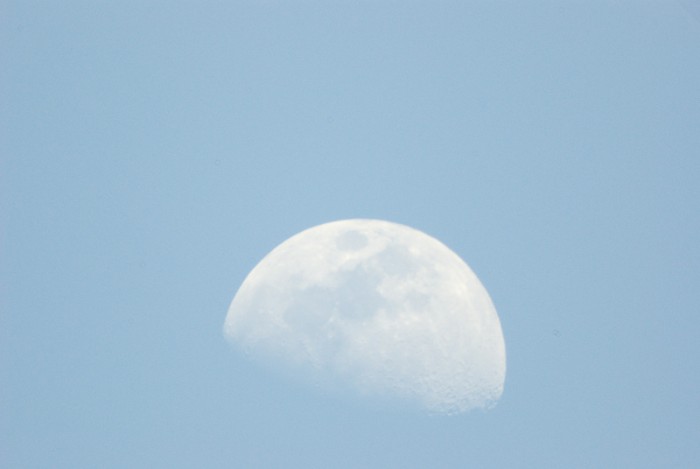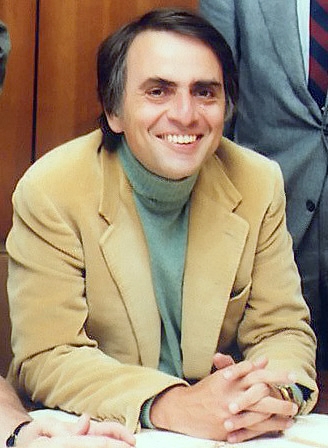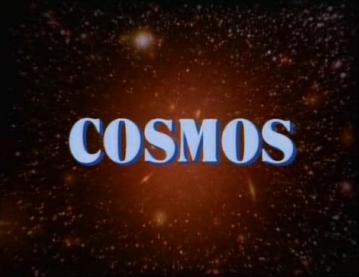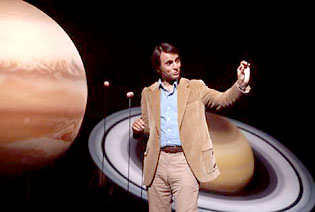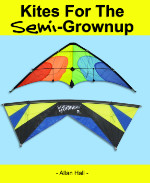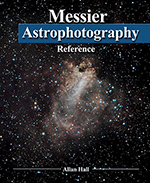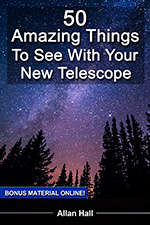It is time to start thinking about keeping warm while observing and imaging as winter is right around the corner. Observing is a very low energy activity. During the winter when views are the best you will be shocked at how cold you can get when you are not moving. Even in warmer climates like down here in Texas where a really cold winter night might typically hit 20F, it is amazing how cold you feel when you haven’t really moved in hours.
The key is to always take far more warmth than you expect to need and to layer. My rule is that if I am comfortable walking out my front door and sitting on a deck chair for fifteen minutes, I need at least four times that much clothing/blankets.
Yes, this sounds like overkill but if you wear too many layers you can just peel one or two off. If you do not bring enough, you have to pack up and go home. Which would you rather be prepared to do?
When I will be out all night and the temps will be below 30F I wear two layers of long thermals, pants, ski pants, socks, wool socks, insulated boots, shirt, sweatshirt, fleece jacket, heavy jacket, scarf, gloves and hat. As if that is not enough I carry two wool blankets and an electric blanket as well.
Silly? As long as I am keeping warm while observing you can call me anything you like. Every hour you spend out there bleeds off heat. You are far colder at the end of the first hour than if you sat on your deck for fifteen minutes. You are far colder after eight hours at a dark site than any deer hunter after sitting in a stand for two or three hours.
Two things that help are a thermos full of hot chocolate/coffee and another one with some hot soup. Stay away from alcohol as it may make you feel warmer right as you drink it but it actually causes your body temperature to drop (that was a really fun experiment that the television show Mythbusters did).
What you want to avoid is anything that generates enough heat that it might affect your viewing/imaging. Things such as space heaters, or firepits are really bad ideas. Fire is particularly bad as not only does the rising heat waves and light cause problems but the ash floating in the air will cause visual/imaging issues and will tend to coat everything within a much larger area than you think. I will be the first to admit doing some binocular viewing on a crisp night with a roaring firepit is a lot of fun, but I certainly will not be setting up my serious equipment anywhere near a fire. Keeping warm while observing is not worth having to spend an hour cleaning all my equipment and having poor quality images.
If the cold begins to get to you while imaging you can always retreat to your car. I would not start it, as the lights and heat waves rising from the vehicle could cause problems with your imaging. You certainly will be warmer inside an enclosed vehicle even if it is not running. If you are at a site that has AC power you could even run an extension cord through a cracked window and use it to power your electric blanket.
I hope some of this will give you ideas for keeping warm while observing.
Share this post!





